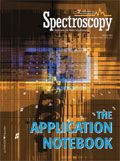Miniature Raman Spectrometer Utilizing CLEANLAZE™ Technology
B&W Tek, Inc.
Raman spectroscopy has been limited from widespread use due to its high instrumentation cost, especially in its excitation light source. To answer this challenge, a low-cost miniature Raman spectrometer was developed. The MiniRam NIR Raman spectrometer (shown in Figure 1) utilizes B&W Tek proprietary CLEANLAZE™ laser technology and TE cooled 2048 pixel CCD array spectrometer. As a result, this low-cost instrument achieved a spectral resolution of 8 cm-1 with spectral coverage from 200 cm-1 to 2800 cm-1 .

The CLEANLAZE™ laser is a high-power broad-stripe laser diode with its output spectrum narrowed and stabilized using a novel external cavity technology. Unlike conventional external cavity lasers that require a long cavity length, the wavelength selective element in the CLEANLAZE™ laser is directly integrated onto the laser diode. As a result, the laser is both ultra compact in footprint (4 mm × 4 mm × 3 mm) and stable to environmental change. The utilization of a broad-stripe laser diode guarantees the low cost of the whole module and at the same time, it can provide much higher output power (up to 1.5 W) than its DFB and DBR counterparts. The spectral linewidth of the laser can reach 0.8 cm-1 , i.e. 0.05 nm, at 785 nm.
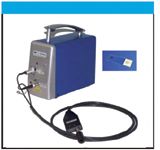
Figure 1. B&W Tek Mini Ram Raman spectrometer.
Utilizing a 785 nm CLEANLAZE™ laser as the Raman excitation light source, the miniature Raman spectrometer achieved a high spectral resolution and exceptional sensitivity. Other features of the Raman spectrometer include light weight (< 5 lbs), compact size (8.9" × 6.4" × 3.25"), integrated fiber optic probe, and a user friendly computer interface.
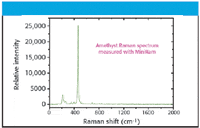
Figure 2. Raman spectrum of an amethyst sample measured with MiniRam.
Experimental Results
The miniature Raman spectrometer has been successfully applied to a variety of applications, including gemstone identification, hazardous materials detection, pharmaceutical analysis, and epoxy cure monitoring. Some of the results are shown in Figures 2-5, respectively. Figure 2 shows the measured Raman spectrum of an amethyst sample. The MiniRam provides a quick, non-destructive gemstone identification method from their characteristic Raman spectra. Figure 3 shows the measured Raman spectrum of a Benzenethiol sample (a hazardous material) that was captured on a Mesophotonics Klarite SERS substrate (shown in the upper right corner of Figure 1).
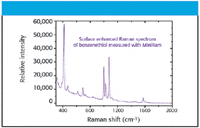
Figure 3. SERS spectrum of a Benzenethiol sample measured with MiniRam.
The surface enhancement provided by the substrate and the high sensitivity of the MiniRam allow us to detect Benzenethiol at low concentration levels. Figure 4 shows the measured Raman spectrum of a Tylenol™ sample. The high spectral resolution of the Raman spectrum provides a convenient non-contact way to analyze the content and active ingredient distribution of the medicine. Figure 5 shows the Raman spectra of an epoxy sample measured in real time with MiniRam during the cure process. The variation of the relative intensity of the 1260 cm-1 epoxy band was used to accurately monitor the curing status of the epoxy sample.

Figure 4. Raman spectrum of a Tylenol sample measured with MiniRam.
Conclusions
A miniature Raman spectrometer utilizing spectrum narrowed diode laser was developed and applied to a variety of applications. The measured Raman spectra show good spectral resolution and sensitivity for detection, identification, analysis and monitoring of a target material.
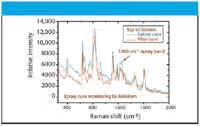
Figure 5. Raman spectra of an epoxy sample measured in real time with MiniRam during the cure process.
B&W Tek, Inc.
19 Shea Way, Suite 301, Newark, DE 19713
Tel. (302) 368-7824, Fax (302) 368-7830
